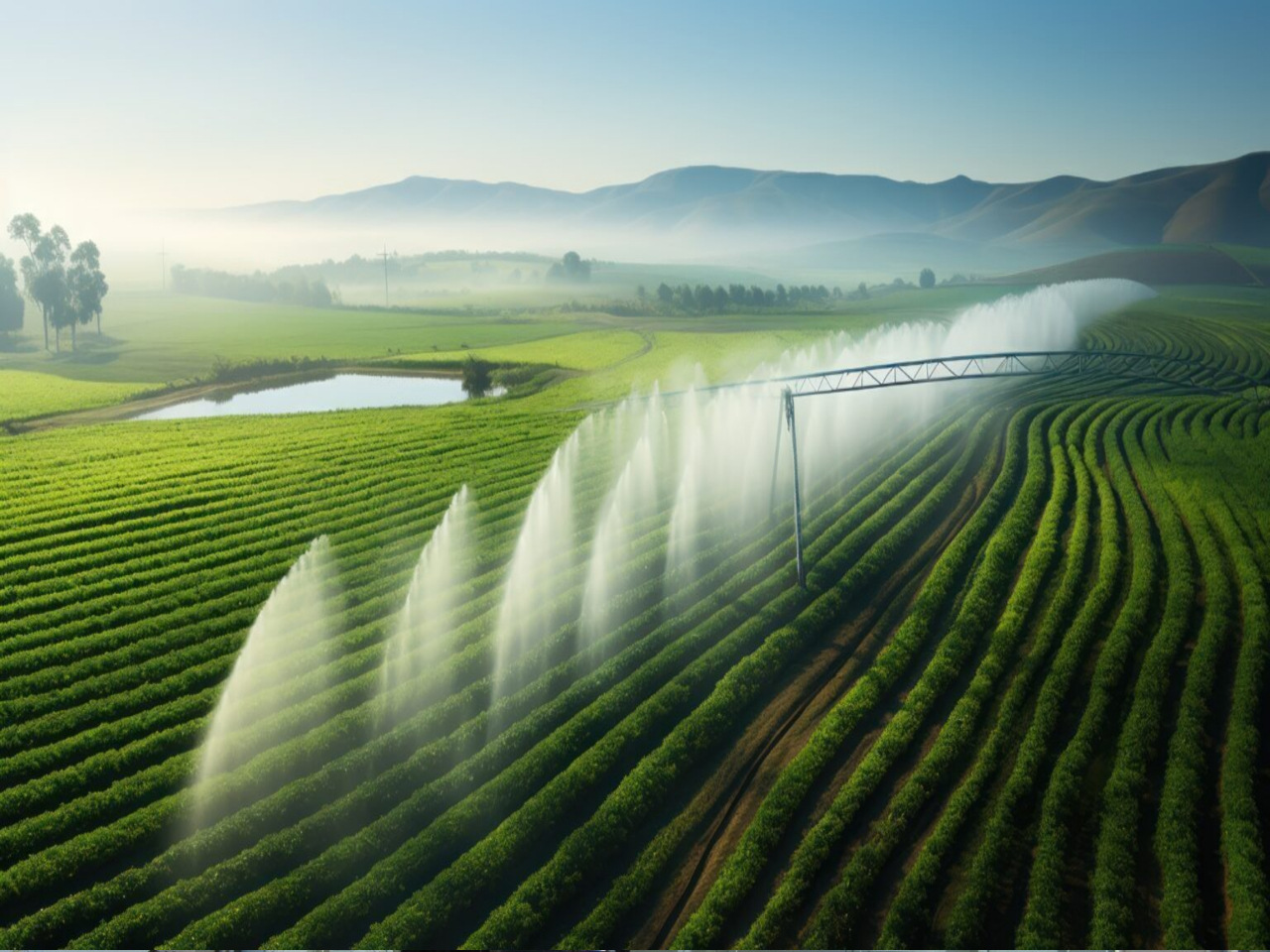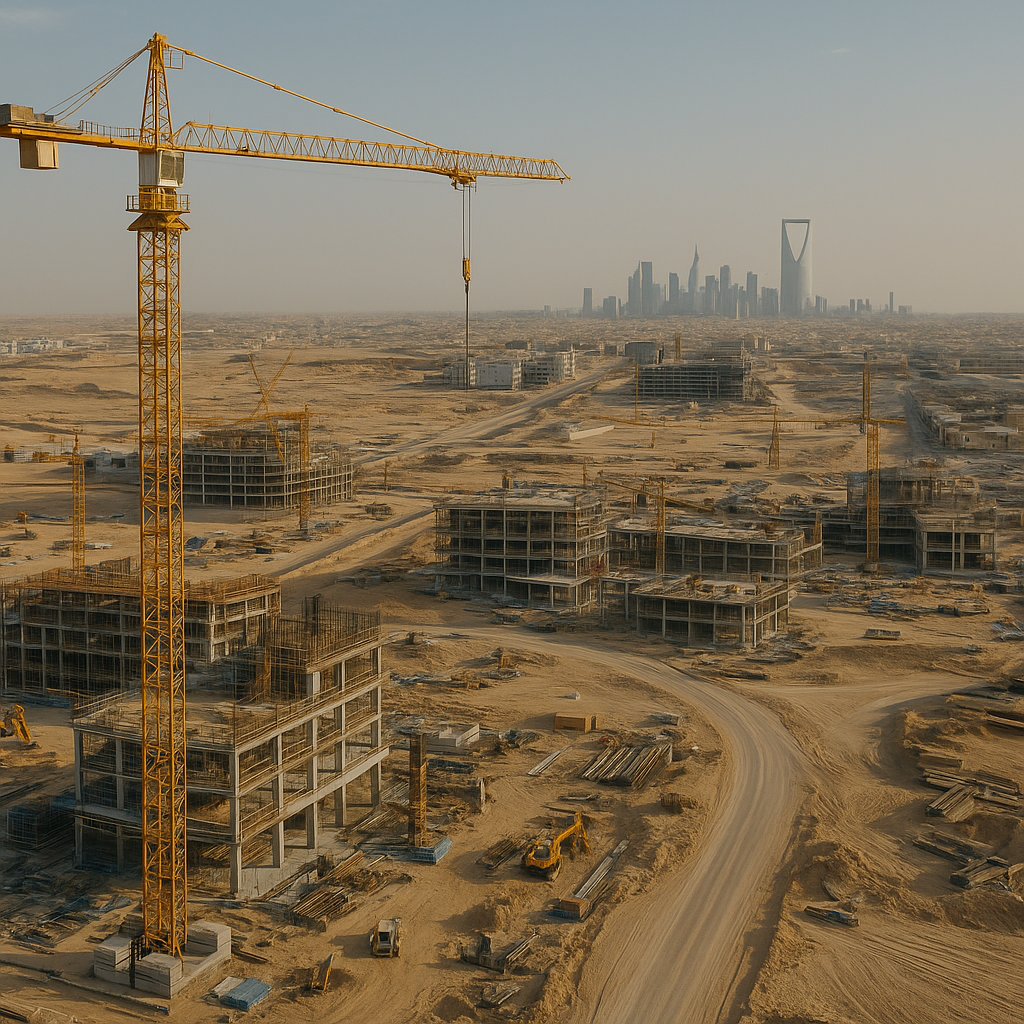
Modern irrigation systems
Modern irrigation systems are essential solutions for achieving water use efficiency in agriculture, contributing to increased agricultural production and reduced waste. As the demand for fresh water grows due to climate change and population increase, developing modern irrigation technologies has become a pressing necessity to ensure the sustainability of water resources.
History and Evolution of Irrigation Systems
The history of irrigation dates back thousands of years, with ancient civilizations such as the Egyptians, Babylonians, and Chinese using it to ensure water availability for crops. Initially, agricultural societies relied on surface irrigation through canals and ditches. However, with technological advances, irrigation techniques have seen massive improvements.
In the 20th century, the focus shifted to modern irrigation systems to reduce water loss and improve irrigation efficiency, leading to the emergence of techniques such as drip irrigation and sprinkler irrigation. With the development of smart sensors and the Internet of Things (IoT), it became possible to control irrigation based on real-time data, greatly enhancing water use efficiency.
Benefits and Advantages of Modern Irrigation Systems
- Reducing Water Waste: Modern systems like drip irrigation deliver water directly to the plant roots, minimizing evaporation and surface runoff.
- Improving Agricultural Productivity: Advanced technologies help distribute water and nutrients more efficiently, enhancing crop growth and increasing agricultural yields.
- Reducing Energy Consumption: Smart irrigation systems reduce the need to run pumps for extended periods, saving electricity and fuel.
- Adapting to Climate Change: These systems enable farmers to manage water more efficiently in the face of changing climatic conditions.
- Reducing Weed Growth: Directing water to the soil rather than spraying it reduces the chances of weed growth, which competes with crops for resources.
Types of Modern Irrigation Systems
- Drip Irrigation: Water is slowly delivered to plant roots through pipes with drip points, making it one of the most efficient water-saving systems.
- Sprinkler Irrigation: Uses sprinklers to spray water onto crops in a manner similar to rainfall, making it suitable for many crops and areas with sandy soils.
- Subsurface Irrigation: Delivers water through pipes buried beneath the soil, reducing evaporation and improving plant water absorption.
- Smart (Automated) Irrigation: Relies on AI and IoT technologies, where sensors measure soil moisture and temperature, directing water based on the plants' actual needs.
Statistics and Figures on Modern Irrigation
- Drip irrigation can reduce water consumption by 30-50% compared to traditional surface irrigation methods.
- According to the Food and Agriculture Organization (FAO), 70% of global freshwater is used in agriculture, highlighting the importance of using modern irrigation systems to reduce waste.
- Smart irrigation systems can increase water use efficiency by up to 90% when combined with sensor technologies and data analysis.
- In some countries, modern irrigation techniques have increased agricultural production by 20-30% compared to traditional methods.
With growing environmental challenges and food needs, the development and adoption of modern irrigation systems have become a necessity to ensure the sustainability of the agricultural sector. These systems offer effective solutions for conserving water and improving agricultural productivity, contributing to global food security. Therefore, investment in these technologies should be encouraged to ensure a sustainable agricultural future.



